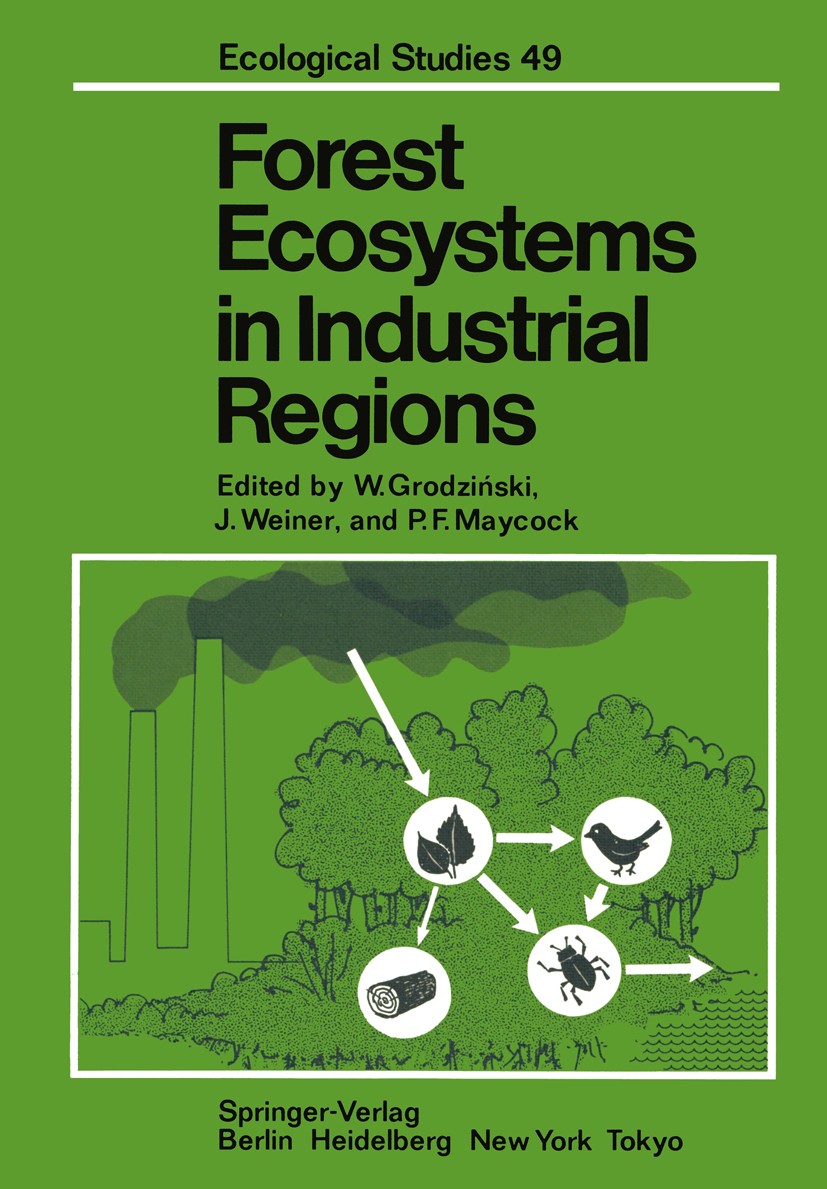| 書目名稱 | Forest Ecosystems in Industrial Regions | | 副標(biāo)題 | Studies on the Cycli | | 編輯 | W?adys?aw Grodziński,January Weiner,Paul F. Maycoc | | 視頻video | http://file.papertrans.cn/346/345510/345510.mp4 | | 叢書名稱 | Ecological Studies | | 圖書封面 |  | | 描述 | A number of well-known forests have been the object of studies by ecological teams. Every ecologist is familiar with the names of forests such as Whytham Woods in England (Elton 1966), Solling in West Germany (Ellenberg 1971), Hubbard Brook in New Hampshire, U. S. A. (Likens et al. 1977, Bormann and Likens 1979), and ladra6s in Central Sweden (Persson 1980). The number of such team studies grew rapidly during the period of the International Biological Programme (Reichle 1981). Each of these forests represented aspects oflocal and general interest. The Niepolomice Forest in Southern Poland (Fig. 1) does not possess any spectacular features and it may be regarded as a typical forest of the lowlands of continental Europe. Situated in the Vistula River Valley, 20 km east of Cracow (50°07‘ N, 20°23‘ E) it consists of two major sections: an extensive pine forest of the Pino-Quercetum type, and a smaller, deciduous, oak-hornbeam- Fig. 1. The location of the Niepolomice Forest in Southern Poland VI Preface Tilio Carpinetum forest. This huge forested area (11,000 ha) owes its survival in one of the most densely populated parts of Europe to a long period of protection as a royal hunting grou | | 出版日期 | Book 1984 | | 關(guān)鍵詞 | Europe; ecosystem; forest; industry; pollutants; ecotoxicology; air pollution and air quality | | 版次 | 1 | | doi | https://doi.org/10.1007/978-3-642-69802-6 | | isbn_softcover | 978-3-642-69804-0 | | isbn_ebook | 978-3-642-69802-6Series ISSN 0070-8356 Series E-ISSN 2196-971X | | issn_series | 0070-8356 | | copyright | Springer-Verlag Berlin ? Heidelberg 1984 |
The information of publication is updating

|
|
 |Archiver|手機(jī)版|小黑屋|
派博傳思國(guó)際
( 京公網(wǎng)安備110108008328)
GMT+8, 2025-10-9 13:36
|Archiver|手機(jī)版|小黑屋|
派博傳思國(guó)際
( 京公網(wǎng)安備110108008328)
GMT+8, 2025-10-9 13:36


